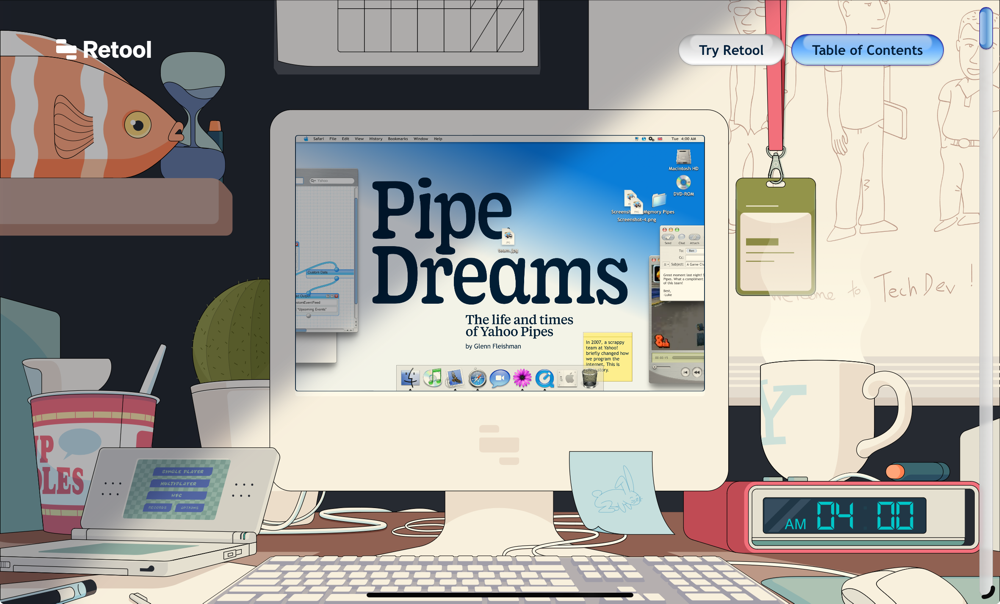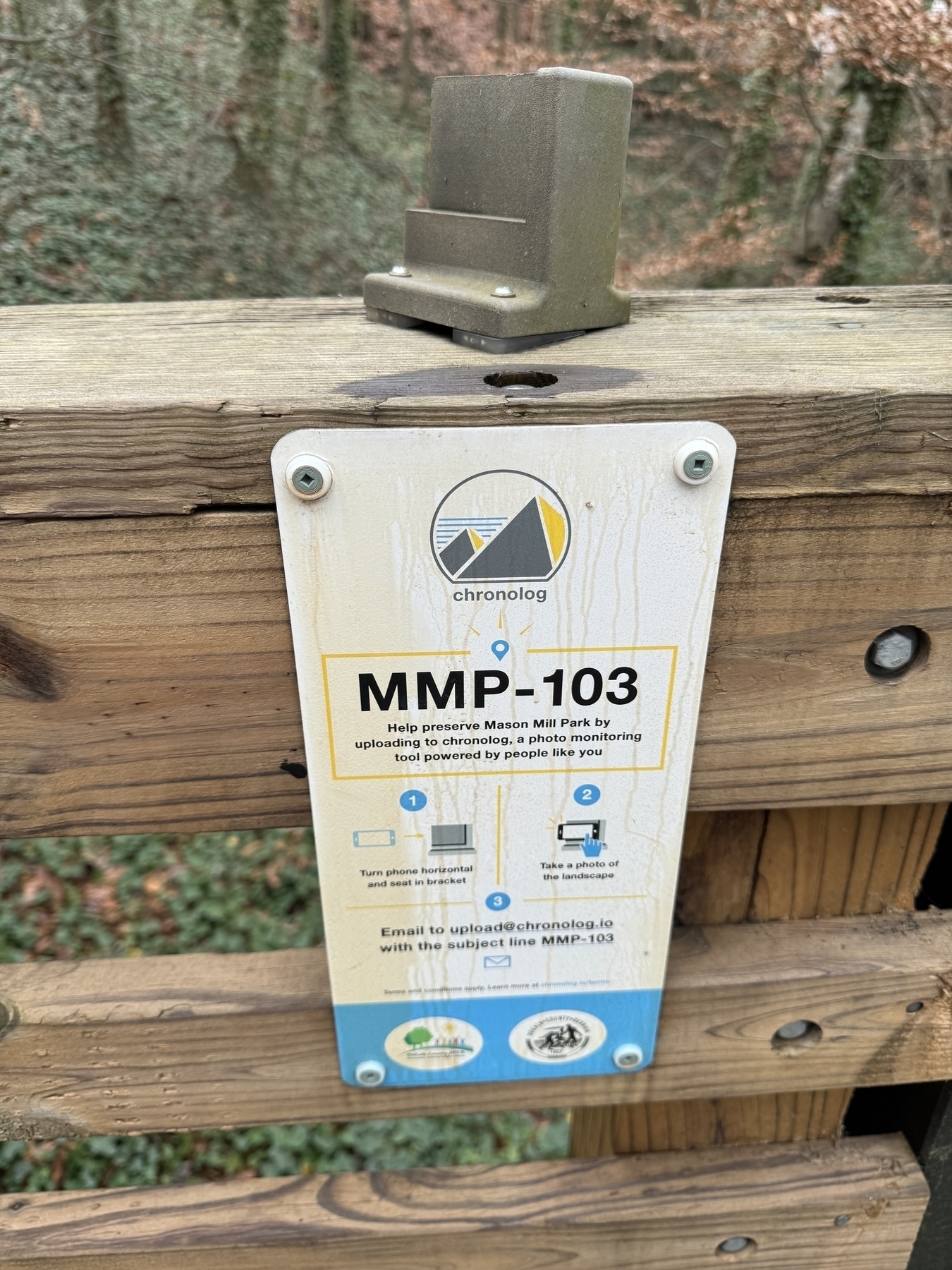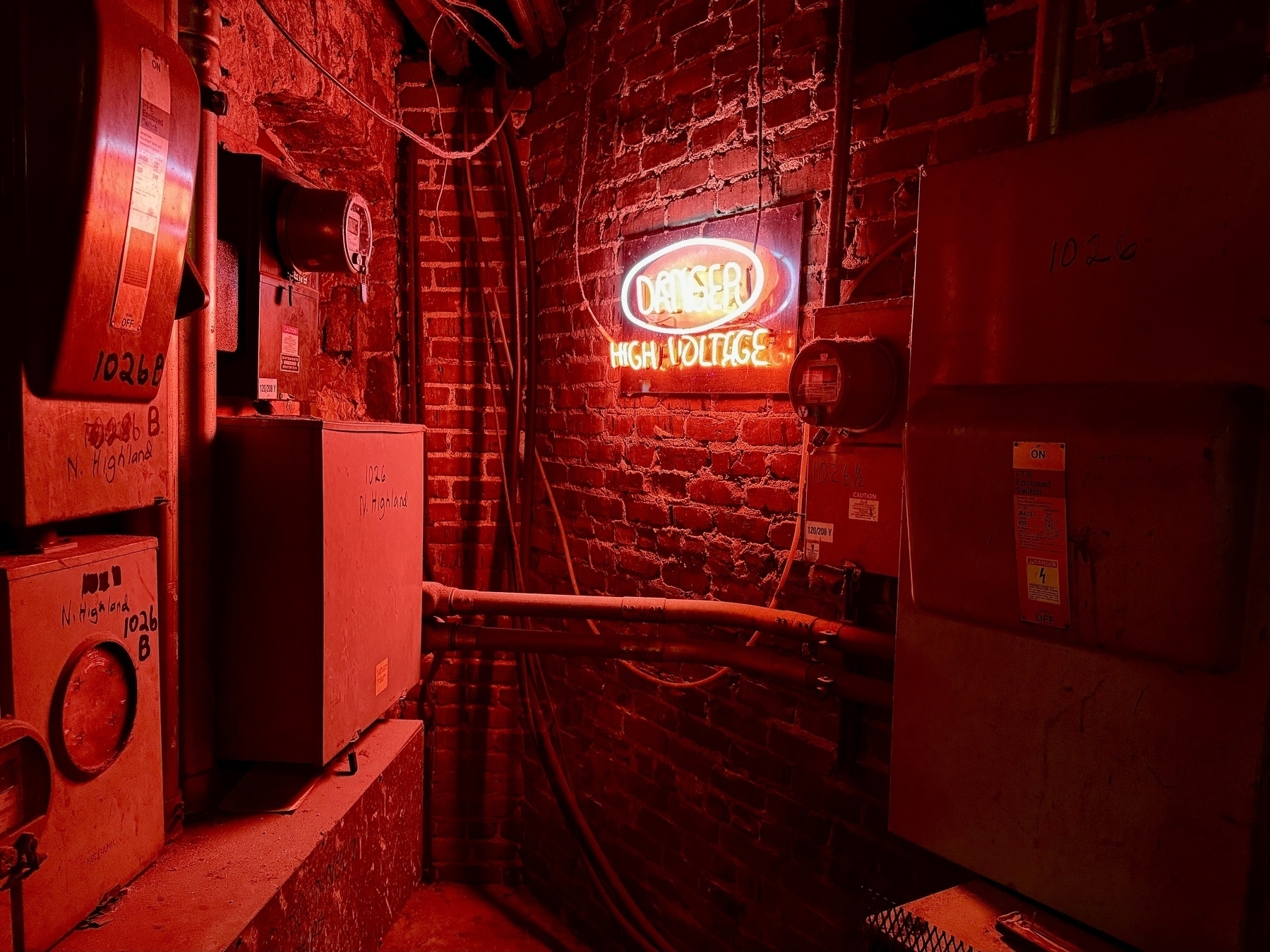-
Where have all the websites gone?
So here’s the bad news— we are the ones who vanished, and I suspect what we really miss are the joys of discovery.
-

Finished reading: The Lost Cause by Cory Doctorow 📚
-
Made Detroit style pizza last night and it turbed out great! Was not expecting this to be so good on the first shot at making it with a dough from scratch.

-
Some important new ornaments just arrived and went up on the tree.

-
Some interesting ideas for the web in here: The Cheap Web
cheap ≠ free cheap ≠ sleek cheap ≠ creep cheap ≠ deep cheap ≠ dark cheap = cheap
Also, first time I’ve come across the term solarpunk.
-
I miss the internet.. A love letter to webmasters and… | by Joan Westenberg | Medium
I miss that internet too. When these feelings peaked earlier this year, I rewatched Halt and Catch Fire Season 4 which covers the dawn of the Web. This helped to restore some optimism. I think the web is slowly starting to go into a period of renewed interest and development.
-

Currently reading: The Lost Cause by Cory Doctorow 📚
-
It's defaults time!
I’m jumping on the defaults bandwagon! Maybe as the last person?
🕸️ Website: Micro.blog and Squarespace 📨 Mail Client: Fastmail (app and web) 📮 Mail Server: Fastmail 📝 Notes: Obsidian, Apple Notes, Drafts (so many apps, but they have different use cases) ✅ To-Do: Todoist, Obsidian 📷 iPhone Photo Shooting: Camera.app 🟦 Photo Management: Apple Photos (rarely, Lightroom) 📆 Calendar: Google Calendar, Fastmail Calendar 📁 Cloud File Storage: iCloud, Google Drive 📖 RSS: Feedbin + ReadKit (I talk about this on my about page!) 🙍🏻♂️ Contacts: Gmail, Apple Contacts, Fastmail 🌐 Browser: Arc, Safari, Chrome (just at work) 💬 Chat: iMessage, Telegram, WhatsApp (rarely) 🔖 Bookmarks: I don’t really save bookmarks any more 📑 Read It Later: Omnivore, Matter (previously), Drafts (occasionally) 📜 Word Processing: Google Docs 📈 Spreadsheets: Google Sheets 📊 Presentations: Google Slides 🛒 Shopping Lists: Apple Notes 🍴 Meal Planning: Mela (love this app!) 💰 Budgeting and Personal Finance: Google Sheets 📰 News: I tend to use RSS feeds/Mastodon, NYTimes app (occasionally), Apple News (occassionally) 🎵 Music: Apple Music, Spotify 🎤 Podcasts: Overcast 🔐 Password Management: 1Password 👨💻 Code Editor: IntelliJ (at work), VSCode (with VIM bindings!) 🐘 Mastodon: Ivory
-
If you like reading about the history of the Web, I think you’ll enjoy this article Pipe Dreams: The life and times of Yahoo Pipes.
I also enjoyed how the design captures the era (and has some fun Easter eggs).

-
More things in my life need a chaos slider.
-
What was that social network for when you only have 1% of battery left? 🪫
-
The Two Sides of AI: Who owns the machine?
Who Is @BasedBeffJezos, The Leader Of The Tech Elite’s ‘E/Acc’ Movement?
This article on Forbes describes the memetic leader behind a major group of AI proponents, a movement called “effective accelerationism” or “e/acc”. And it pits them against another movement known as effective altruism or “EA”.
The e/acc movement believes in unfettered technological progress, while the EA movement tends to espouse caution and, often, regulation.
The whole OpenAI brouhaha seems like it might boil down to a conflict between these two movements.
Reading this article, I get the feeling that my own beliefs are not well aligned with either movement. There’s so many unknowns about the future of AI and its impact on humanity. But, if we assume that it is going to be another large technological leap forward, and a fundamental advancement in computation and human computer interaction, then it feels important to consider where the dominant movements driving AI forward will bring us. I fear, with either movement, if played out to their logical conclusions, might result in similar dystopian outcomes.
The question I would want to consider in either movement is: “Who owns the machine?”
With e/acc’s hyper-capitalist ideas, I think a limited set of corporations would own the means of operating advanced AI. Capitalism tends to concentrate wealth and power in a limited set of hands.
With EA, it might be the government (and whatever limited companies they grant a license to). Regulation and strict control tend to also concentrate power in a few places.
Either outcome seems bad.
Compare this to earlier computer advancements that tended to decentralize innovation and control.
I’m thinking of the early days of the Web. Or even earlier to the dawn of the personal computer, where Laine Nooney’s book on the software ecosystem of the Apple II shows a history where innovation via many independent developers, creating software that empowered entirely new industries. Personal computers, solving problems in the lives of everyday people.
If AI is going to be as impactful as the Web and even the personal computer, I think we ought to consider how we can decentralize this advancement. What models allow for this technology to be owned and operated by everyone? What models tend to consolidate power into a few hands? What keeps the computer a tool that empowers the user, and what makes it a machine that enriches and empowers a select few?
-
I ran out of time to find a better solution to Advent of Code Day 5 part 2. So I let the brute force algorithm run over night and to my surprise after 4h 14m of execution time it spit out the right answer 😎
-
Another capture for the Chronolog at Mason Mill Park.


-

Finished reading: Rest Is Resistance: A Manifesto by Tricia Hersey 📚
-
Hiked around Hocking Hills and Conkle’s Hollow, Ohio over 🦃 week.
I find this area so beautiful. It’s filled with Hemlock trees, gorges, and waterfalls.









-
Danger

-

-
Vogel State Park and one happy/maybe bored dog.



-
It’s becoming spider season, but here’s a spider of a different sort.
